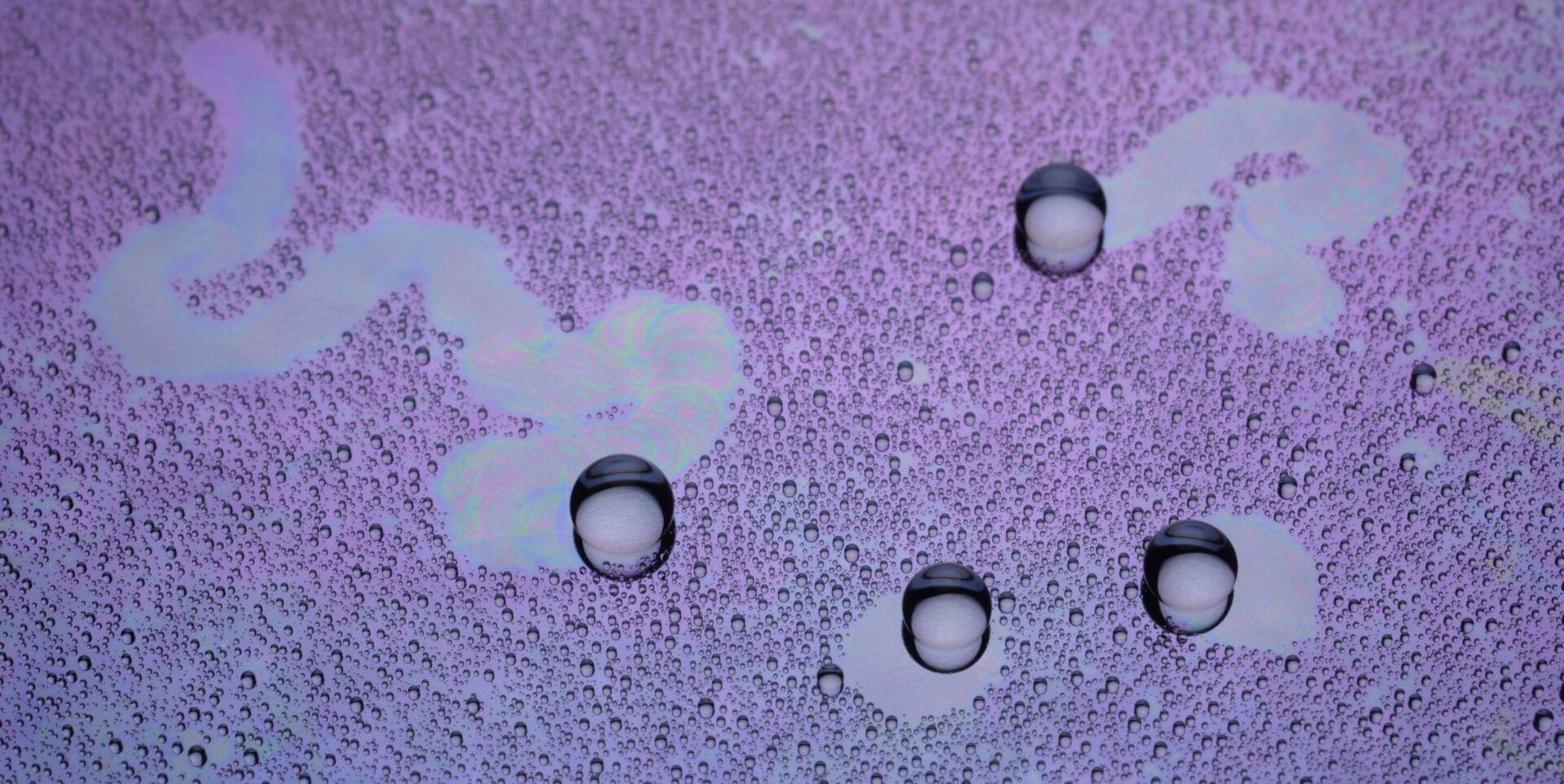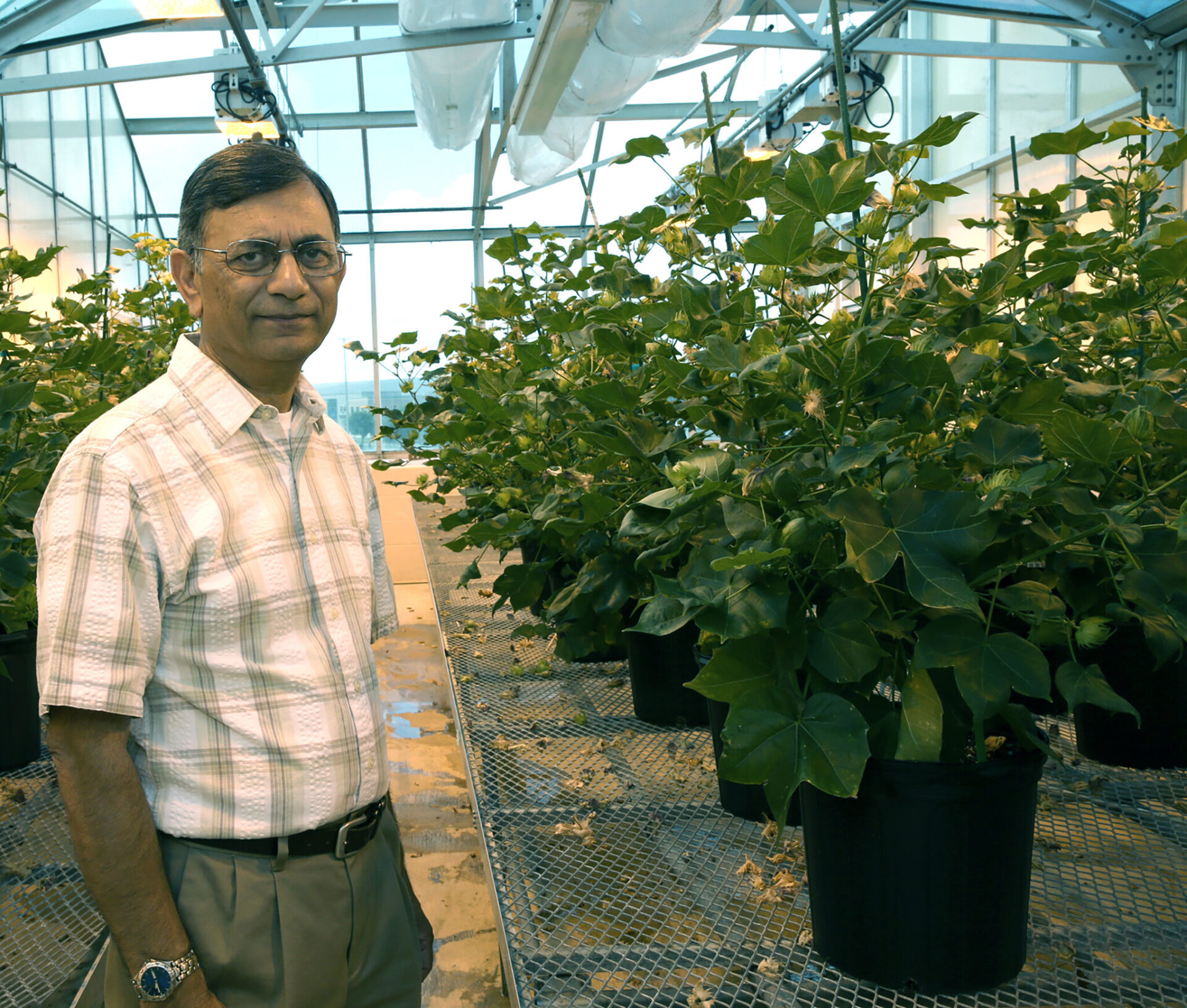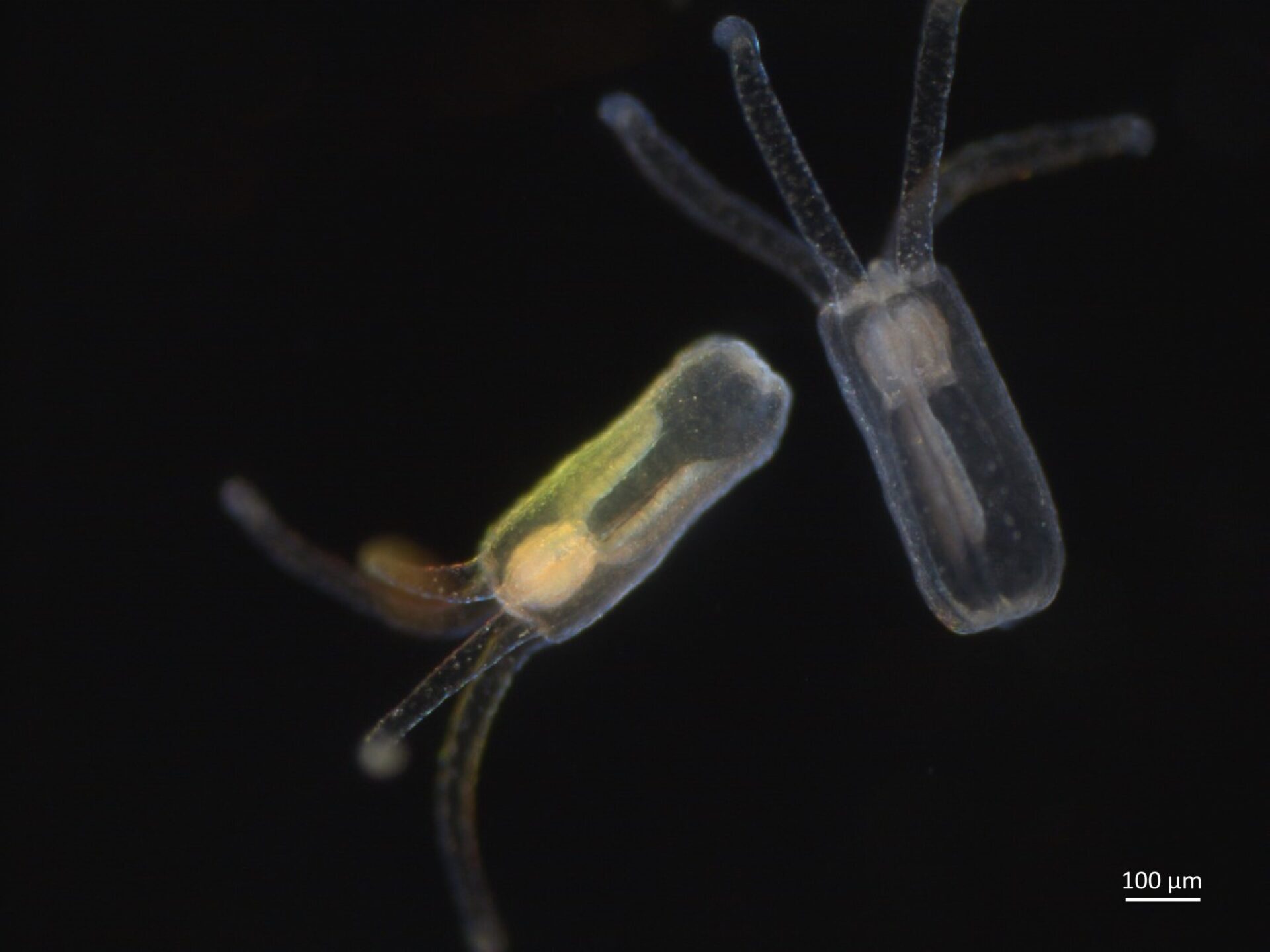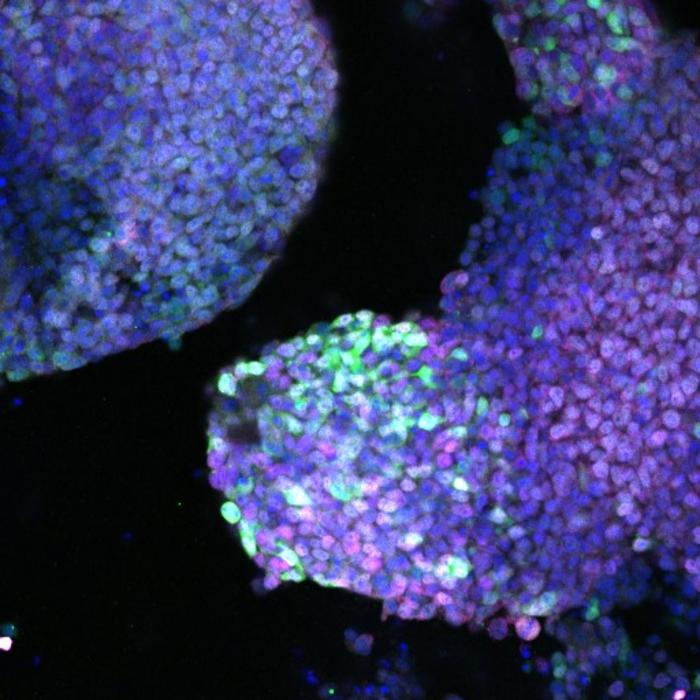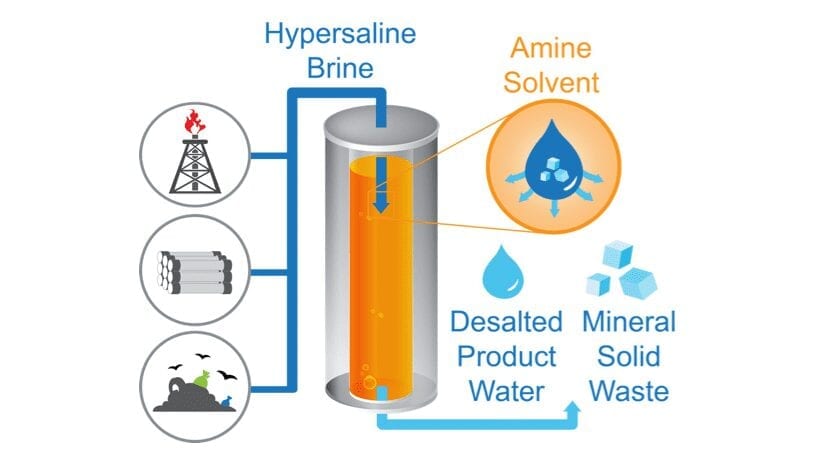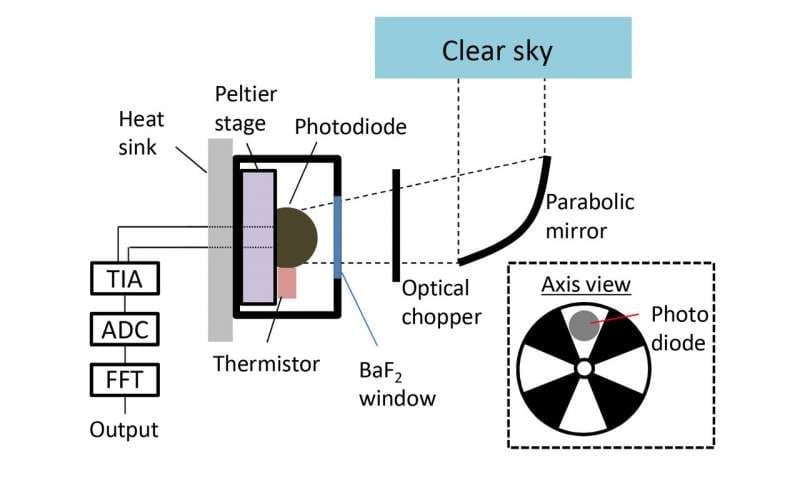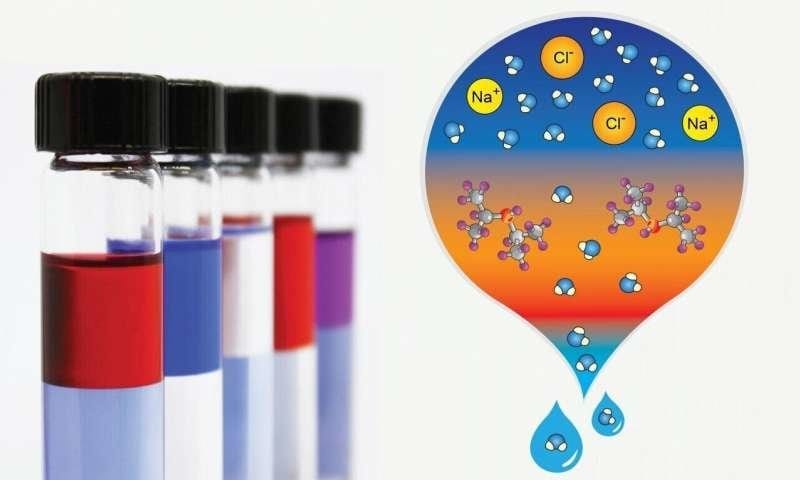
Columbia Engineering researchers design new desalination method for hypersaline brines that is low-cost, efficient, and effective; could address the growing water challenges across the globe.
Hypersaline brines–water that contains high concentrations of dissolved salts and whose saline levels are higher than ocean water–are a growing environmental concern around the world. Very challenging and costly to treat, they result from water produced during oil and gas production, inland desalination concentrate, landfill leachate (a major problem for municipal solid waste landfills), flue gas desulfurization wastewater from fossil-fuel power plants, and effluent from industrial processes.
If hypersaline brines are improperly managed, they can pollute both surface and groundwater resources. But if there were a simple, inexpensive way to desalinate the brines, vast quantities of water would be available for all kinds of uses, from agriculture to industrial applications, and possibly even for human consumption.
A Columbia Engineering team led by Ngai Yin Yip, assistant professor of earth and environmental engineering, reports that they have developed a radically different desalination approach–“temperature swing solvent extraction (TSSE)”–for hypersaline brines. The study, published online in Environmental Science & Technology Letters, demonstrates that TSSE can desalinate very high-salinity brines, up to seven times the concentration of seawater. This is a good deal more than reverse osmosis, the gold-standard for seawater desalination, and can hold handle approximately twice seawater salt concentrations.
Currently, hypersaline brines are desalinated either by membrane (reverse osmosis) or water evaporation (distillation). Each approach has limitations. Reverse osmosis methods are ineffective for high-saline brines because the pressures applied in reverse osmosis scale with the amount of salt: hypersaline brines require prohibitively high pressurizations. Distillation techniques, which evaporate the brine, are very energy-intensive.
Yip has been working on solvent extraction, a separation method widely employed for chemical engineering processes. The relatively inexpensive, simple, and effective separation technique is used in a wide range of industries, including production of fine organic compounds, purification of natural products, and extraction of valuable metal complexes.
“I thought solvent extraction could be a good alternative desalination approach that is radically different from conventional methods because it is membrane-less and not based on evaporative phase-change,” Yip says. “Our results show that TSSE could be a disruptive technology–it’s effective, efficient, scalable, and can be sustainably powered.”
TSSE utilizes a low-polarity solvent with temperature-dependent water solubility for the selective extraction of water over salt from saline feeds. Because it is membrane-less and not based on evaporation of water, it can sidestep the technical constraints that limit the more traditional methods. Importantly, TSSE is powered by low-grade heat (< 70 C) that is inexpensive and sometimes even free. In the study, TSSE removed up to 98.4% of the salt, which is comparable to reverse osmosis, the gold standard for seawater desalination. The findings also demonstrated high water recovery >50% for the hypersaline brines, also comparable to current seawater desalination operations. But, unlike TSSE, reverse osmosis cannot handle hypersaline brines.
“We think TSSE will be transformational for the water industry,” he adds. “It can displace the prevailing practice of costly distillation for desalination of high-salinity brines and tackle higher salinities that RO cannot handle,” Yip adds. “This will radically improve the sustainability in the treatment of produced water, inland desalination concentrate, landfill leachate, and other hypersaline streams of emerging importance. We can eliminate the pollution problems from these brines and create cleaner, more useable water for our planet.”
Yip’s TSSE approach has a clear path to commercialization. The heat input can be sustainably supplied by low-grade thermal sources such as industrial waste heat, shallow-well geothermal, and low-concentration solar collectors. He is now working on further refining how TSSE works as a desalination method so that he can engineer further improvements in performance and test it with real-world samples in the field.
Read more: Radical desalination approach may disrupt the water industry
The Latest on: Desalination
[google_news title=”” keyword=”desalination” num_posts=”10″ blurb_length=”0″ show_thumb=”left”]
via Google News
The Latest on: Desalination
- Novel PV-driven desalination tech achieves lower levelized cost of wateron May 1, 2024 at 12:11 am
Scientists led by the Massachusetts Institute of Technology (MIT) have designed a new PV-powered desalination system based on the time-variant electrodialysis reversal (EDR) technology. The proposed ...
- ACCIONA PRESENTS IT FIRST TALKS ABOUT REVERSE OSMOSIS DESALINATIONon April 30, 2024 at 11:36 pm
ACCIONA, a global company and a leader in the provision of regenerative solutions for a decarbonized economy, held its first ...
- LG Chem to build 1st overseas water-desalination device plant in Saudi Arabiaon April 30, 2024 at 7:09 pm
LG Chem Ltd., South Korea's leading chemical company, said Wednesday it will build its first overseas water-desalination device plant in Saudi Arabia by 2026 under a joint project with a local company ...
- Acciona presents it first talks about reverse sis desalinationon April 30, 2024 at 8:27 am
The first series of these events at the Spanish Embassy in Riyadh highlights the solution for water sustainability in the Kingdom: reverse osmosis desalination ...
- Three seawater desalination stations to become operational (Ridha Gabouj)on April 30, 2024 at 8:21 am
The three seawater desalination stations in Zarat (Gabès), Sfax and Sousse will be operational over the next few days, late in June and at the end of this year respectively, said Secretary of State of ...
- Water desalination plays important role in global water challengeson April 30, 2024 at 2:14 am
Desalination of saltwater, once seen as a distant solution to the global water crisis, is increasingly becoming a practical option, particularly in r ...
- Humanity needs more drinking water. Are desalination plants the answer?on April 29, 2024 at 10:17 am
From Corpus Christi's plans for the state's first seawater plant, to a brackish water plant in Katy, we explore pursuits across the state, and whether it's all a good idea.
- Cheap solar gives desalination its moment in the sunon April 27, 2024 at 9:00 pm
Process of turning salt water into drinkable water is unlikely to be the answer to the bulk of the global water crisis ...
- About 100 people came to state officials to talk desalination. Here's what they said.on April 20, 2024 at 1:07 am
A meeting for the public to speak on a proposed desalination plant brought about 100 people to the city's convention center. Tensions were high.
- Barcelona is banking on a floating desalination plant to fight drought in northeastern Spainon April 19, 2024 at 7:00 am
Local authorities say it is a more economical and environmentally sustainable solution than shipping in water.
via Bing News


